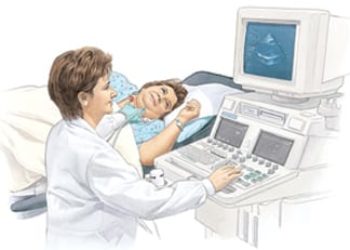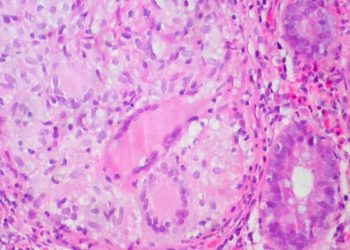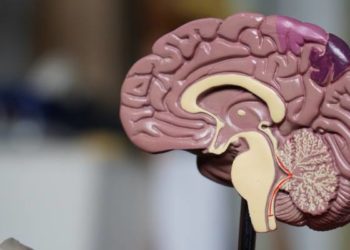Pediatric brain injury unlikely with isolated loss of consciousness
1. In children with isolated loss of consciousness after blunt trauma, the risk of clinically important traumatic brain injury was low if there were no other clinical manifestations present.
2. In these patients, neuroimaging with computed tomography (CT) may not be necessary unless there are other neurologic symptoms.
Evidence Rating Level: 2 (Good)
Study Rundown: CT scan use in children with head trauma has increased in the last few decades. Clinicians often use loss of consciousness (LOC) to determine whether a child needs neuroimaging, but in the setting of isolated loss of consciousness, there is little evidence that they are at high risk for developing clinically important traumatic brain injury (ciTBI). The results of this study, which was conducted on a subgroup of the larger PECARN study, suggested that children who suffer an isolated LOC after blunt trauma are at low risk for developing ciTBI, and may not require neuroimaging. Additional neurological symptoms are a better predictor of TBI, and those patients may benefit more from neuroimaging.
The strength of the study was the overall size of the group studied, although there were few children under 2yrs who suffered ciTBI and LOC. The methods used to categorize “isolated” and “ciTBI” were well validated and used in other studies. One of the weaknesses was potentially the subjective nature with which the time of LOC was noted. It is also possible that clinicians who were filling out the reports on whether children had LOC may have had different definitions, which adds variability to the data.
Click to read the study, published today in JAMA Pediatrics
In-Depth [prospective cohort]: The study population was a subgroup of the Pediatric Emergency Care Applied Research Network (PECARN), which examined children younger than 18yrs of age enrolled in the 25 participating EDs between 2004 and 2006. Inclusion criteria included children admitted with head trauma and evaluated within 24hrs, and a presenting Glasgow Coma Scale (GCS) score of 14 or 15. Exclusion criteria included a variety of pre-existing conditions or very minor head injuries. There were pre-determined and validated criteria in the study that determined whether the LOC was isolated or if there were other signs/symptoms.
Of the 40,693 participants included in the study, 15.4% (6286) suffered LOC. The rate of ciTBI in children with isolated LOC was 0.5% (95% CI, 0.2-0.8%; 13 of 2780). When children with isolated LOC were compared with those who had additional, defined manifestations, the risk ratio for ciTBI in children younger than 2yrs was 0.13 (95% CI, 0.005-0.72) and for children 2yrs and older was 0.10 (95% CI, 0.06-0.19).
More from this author: Ultrasound, flow reserve guided coronary interventions provide minimal benefit, Resveratrol levels not linked with decreased mortality (InCHIANTI Trial), Children’s exposure to violence and delinquency likely declined in past decade, Neonatal screening may be effective for salt wasting congenital adrenal hyperplasia, Increased hospitalist workload associated with decreased efficiency
Image: PD
©2012-2014 2minutemedicine.com. All rights reserved. No works may be reproduced without expressed written consent from 2minutemedicine.com. Disclaimer: We present factual information directly from peer reviewed medical journals. No post should be construed as medical advice and is not intended as such by the authors, editors, staff or by 2minutemedicine.com. PLEASE SEE A HEALTHCARE PROVIDER IN YOUR AREA IF YOU SEEK MEDICAL ADVICE OF ANY SORT.


![2 Minute Medicine: Pharma Roundup: Price Hikes, Breakthrough Approvals, Legal Showdowns, Biotech Expansion, and Europe’s Pricing Debate [May 12nd, 2025]](https://www.2minutemedicine.com/wp-content/uploads/2025/05/ChatGPT-Image-May-12-2025-at-10_22_23-AM-350x250.png)




